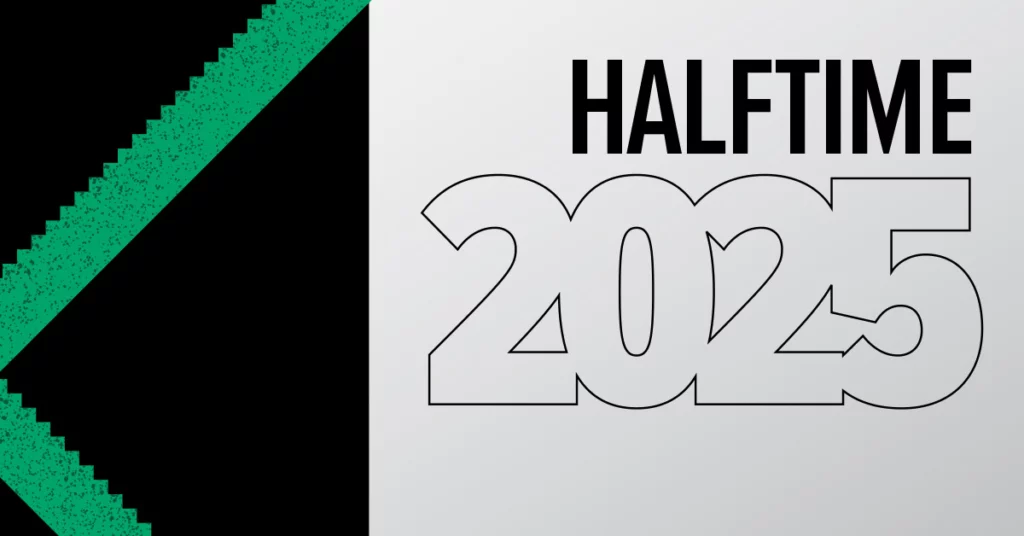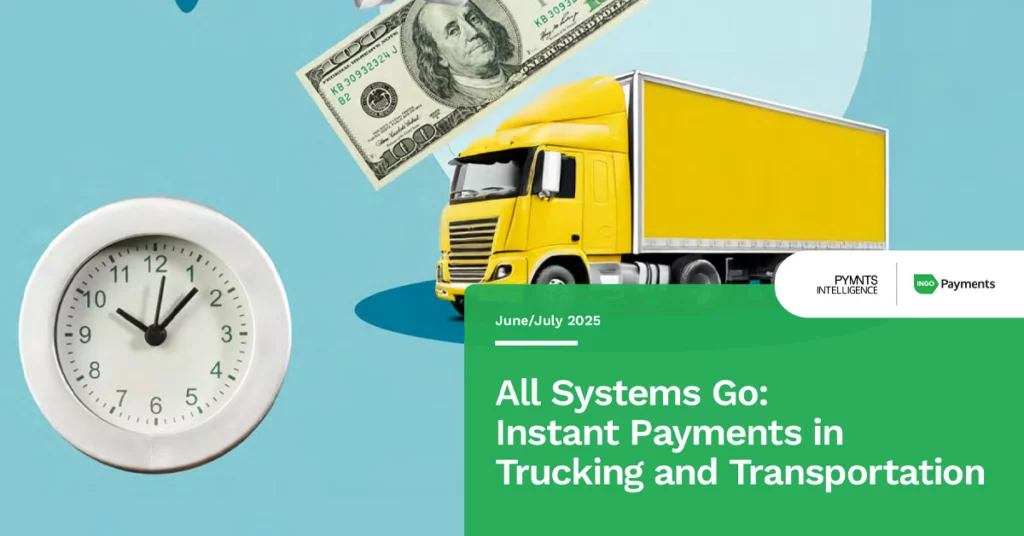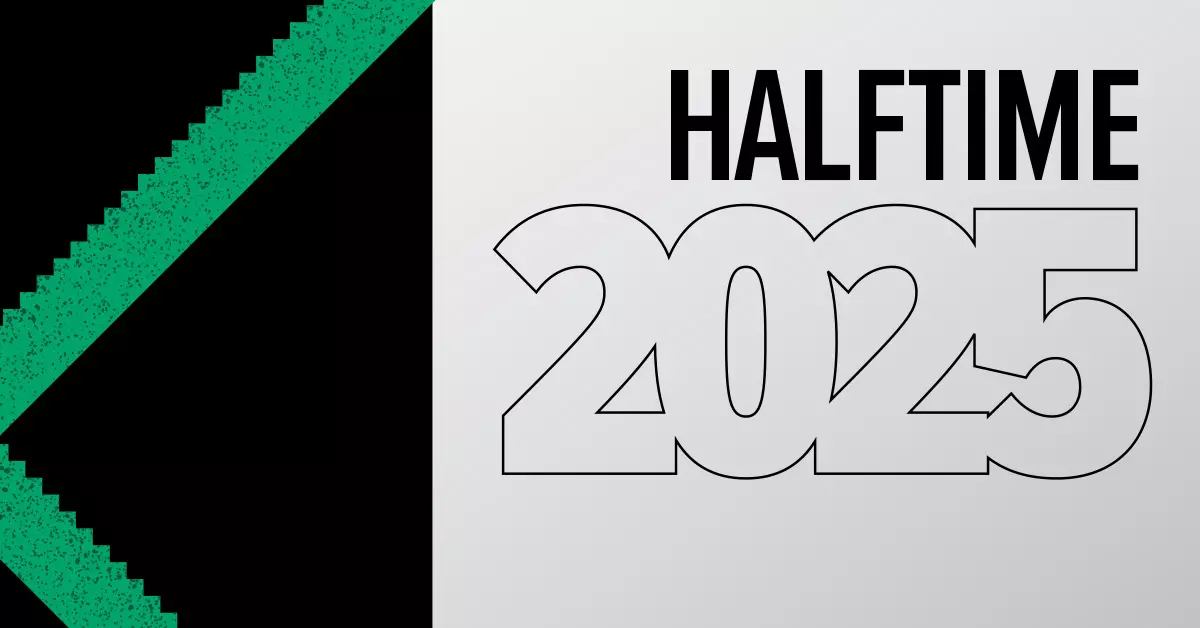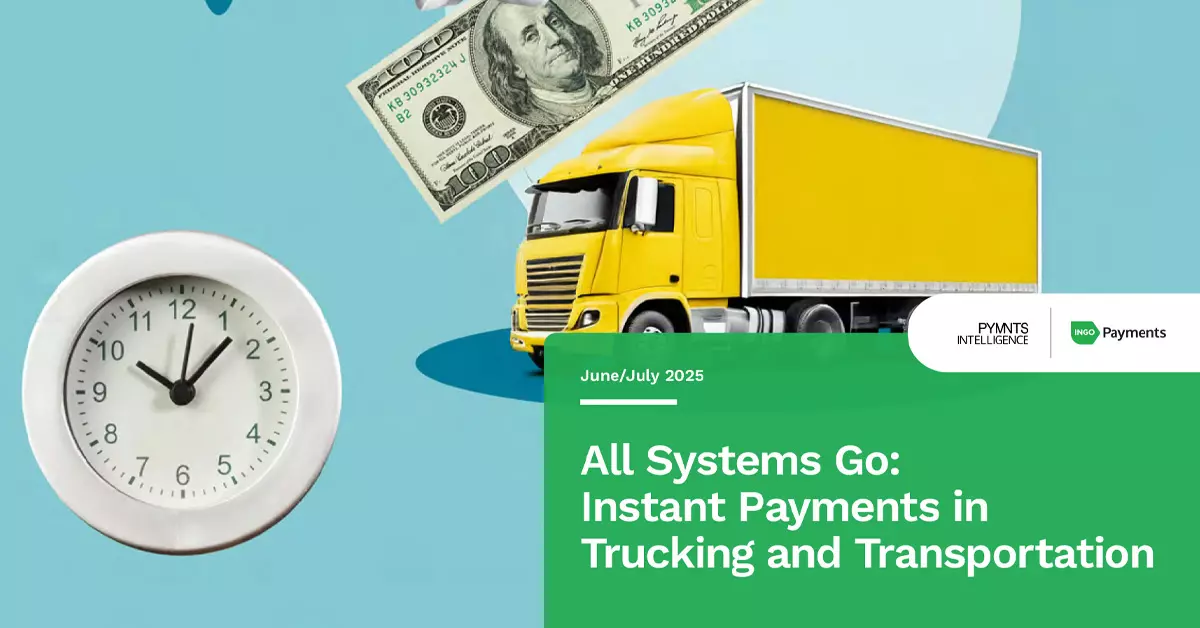Anniversaries are a time to reflect, evaluate, and anticipate what lies ahead. It’s the first anniversary of the FedNow Service on July 20, so we thought it was time for a conversation on where this government service has been and where it’s going. Our CEO, Drew Edwards, sat down with PYMNTS CEO Karen Webster to touch base on the state of FedNow.
About 700 banks have already joined FedNow’s federal payments infrastructure, though most can only receive, not send, instant payments. In contrast, the Clearing House’s (TCH) RTP Network, a competing system, has been in operation for about seven years.
The popularity of TCH shows that there’s a path to widespread adoption. However, this path is clear but gradual, with FedNow and RTP covering about two-thirds of available accounts. According to Drew, the adoption cycle involves banks, enablers, and businesses, and all the different players and moving pieces make for a lengthy adoption process.
Fortunately, younger generations, accustomed to digital payments, are likely to drive demand for instant payments. Research by PYMNTS Intelligence and Ingo Payments indicates Gen Z consumers are particularly willing to pay for faster transactions.
FedNow has already impacted the market, even if it’s not yet fully operational. In our interview above, Edwards highlights the platform’s role in awakening the market, signaling progress. Banks, FinTechs, and consumers are exploring how faster payments can transform everyday financial transactions. This shift will be gradual, with FedNow and RTP potentially replacing some Automated Clearing House (ACH) use cases over time, particularly in business-to-business (B2B) payments where debit card usage is limited.
Instant payments, facilitated by providers like Ingo, are not new. The introduction of FedNow increases competition, lowering transaction costs and benefiting consumers. For example, the cost of sending funds to a bank account has decreased by 75% over two decades.
Technical challenges remain, such as the lack of interoperability between U.S. instant payment networks and push-to-card payments. Ingo offers solutions through a single API, allowing instant payments across various accounts and endpoints. Collaboration with KeyBank Treasury enables recipients to choose their payment method, fostering instant payments adoption in commercial settings.
Looking ahead, smaller financial institutions will leverage packaged solutions and partnerships to introduce instant payment offerings. Edwards remains optimistic about the impact of faster banking rails, predicting significant changes driven by FedNow and RTP.







